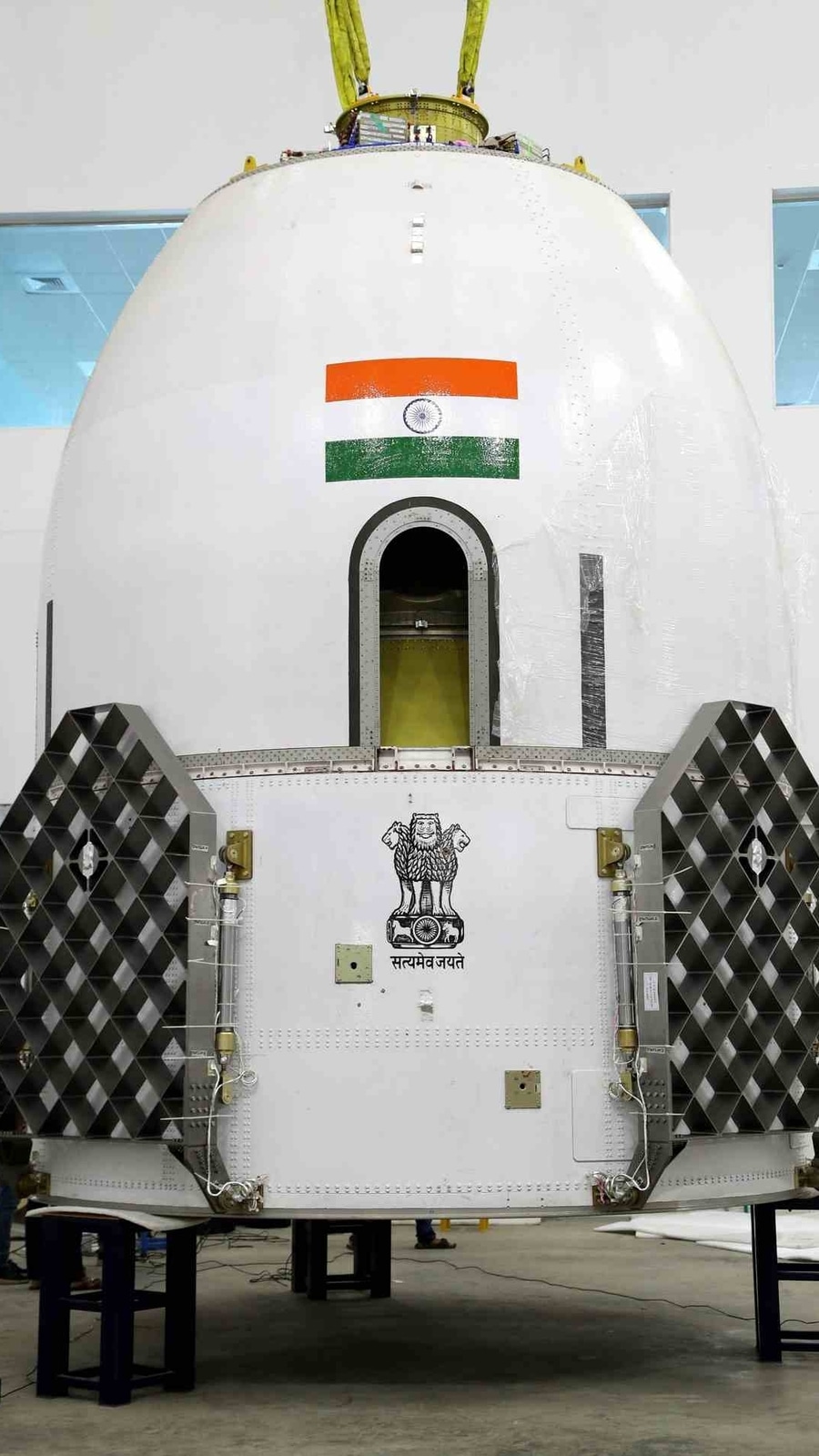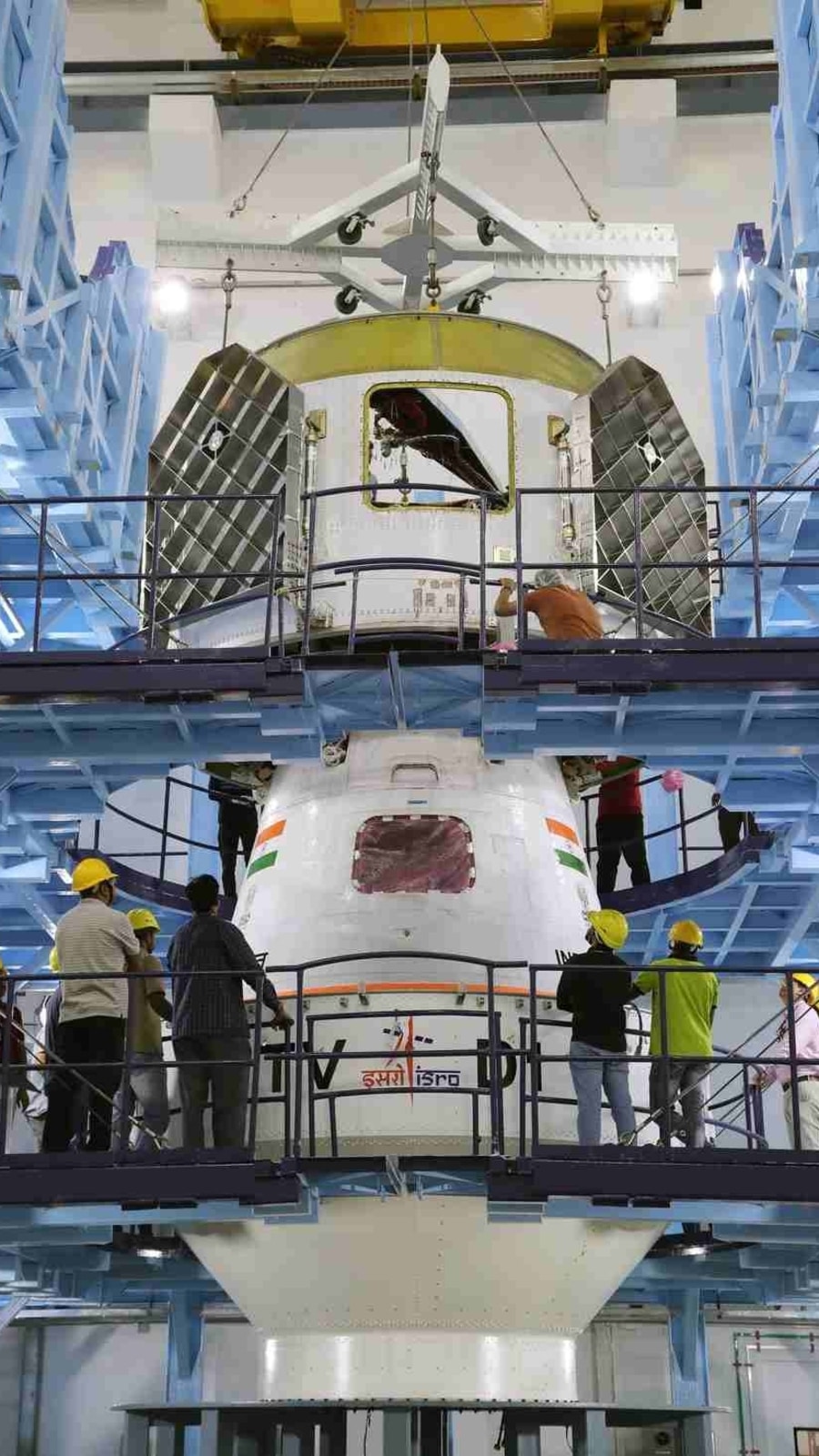Chandrayaan-3 mission done and dusted; know all about the awesome Chandrayaan-4 mission
Top 5 OTT releases of this week: Watch Leo, The Village, Fukrey 3, and more online
UPSC CSE 2024 aspirant? Try out these 4 apps to prepare smartly
CBSE Board 2024 approaching! Check class 10th and class 12th best apps



